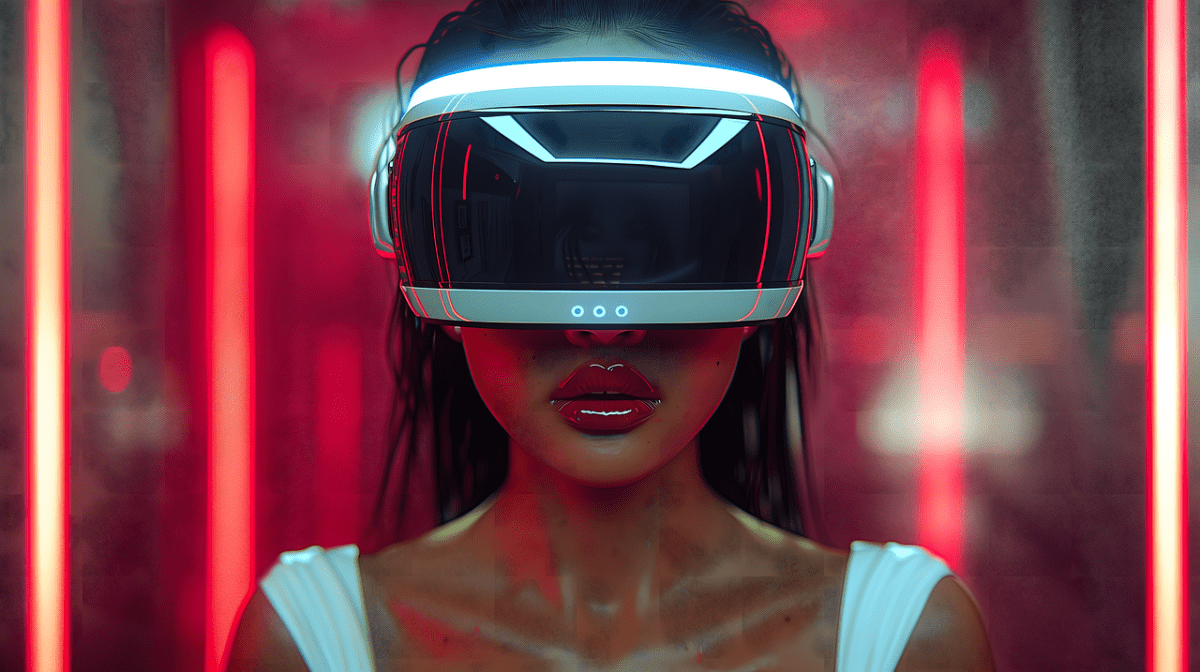Augmented Reality (AR) is a technology that enhances our perception of the world by overlaying digital information on top of our physical surroundings. Unlike Virtual Reality, which immerses users in a completely digital environment, AR allows us to interact with both real and virtual elements simultaneously. This merging of the real and digital worlds can be accomplished through various devices, including smartphones, tablets, and, more recently, smart glasses.
The fundamental principle behind AR is to enrich our environment with additional context. For instance, using an AR app on your smartphone, you might point the camera at a building and see information about its history displayed on the screen. This capability can transform how we access and understand information in real-time, providing a more engaging experience whether we are gaming, shopping, or learning.
One of the key features of AR is its ability to recognize physical objects and environments. Using sensors and cameras, AR devices can detect and respond to changes in the user’s surroundings. This technology enables applications like navigation overlays that direct you to your destination while you're walking in the real world, or educational tools that let students visualize complex concepts in a more tangible way.
As AR continues to evolve, its applications are becoming more versatile. In industries such as healthcare, AR is being used to assist with surgeries by overlaying vital information onto the surgeon's field of view. In retail, customers can visualize how furniture would look in their homes before making a purchase. The potential of AR is vast, making it an exciting area to explore as we compare it to smart glasses and their capabilities.
What Are Smart Glasses
Smart glasses are wearable devices that resemble traditional eyewear but are equipped with advanced technology. They come with built-in displays, cameras, and sensors that allow users to access information and interact with digital content while on the move. Unlike standard glasses, smart glasses create a seamless blend of the physical world and digital data, providing users with a unique augmented reality (AR) experience.
The key features that define smart glasses include hands-free operation, voice commands, and real-time notifications. Many models function as extensions of smartphones or tablets, enabling users to receive messages, navigate directions, or even take photos without reaching for their devices. This hands-free capability is particularly appealing for those who want to stay connected while keeping their hands free for other tasks.
Smart glasses can also enhance everyday activities by providing contextual information. For instance, when you look at a landmark, the glasses may display fun facts or historical information about it. This integration of digital content into real-world experiences makes smart glasses ideal for various industries, including gaming, healthcare, and manufacturing. However, they differ from conventional AR devices, which often require screens or goggles to operate.
In essence, smart glasses serve as sophisticated companions for modern-day consumers, offering the convenience of technology in a familiar form. As advancements continue, these devices may play an increasingly significant role in how we interact with our environment, transforming ordinary moments into extraordinary experiences.
Comparing Features and Functionality
When diving into the world of augmented reality (AR) and smart glasses, it’s essential to understand their distinct features and functionalities. At first glance, they may seem similar, but each serves unique purposes that cater to different needs. AR technology enhances the real world by overlaying digital content, while smart glasses primarily focus on delivering information and connectivity without altering the user's surroundings.
AR glasses, such as Microsoft HoloLens, provide immersive experiences by projecting 3D holograms into the user’s environment. This interaction allows users to manipulate virtual objects through gestures, making it ideal for applications in education, healthcare, and entertainment. On the other hand, smart glasses like Google Glass serve as a heads-up display, offering essential notifications, directions, and hands-free access to the internet without immersive overlays. They’re designed for convenience, ensuring users remain connected to their digital world with minimal distraction.
Another significant difference lies in the hardware and software requirements. AR glasses oftentimes require more advanced hardware, including powerful processors and high-resolution displays, to render complex graphics in real-time. This makes them bulkier and more expensive. In contrast, smart glasses often come with simplified designs and lower specifications, making them more lightweight and accessible for everyday use.
Battery life is another area where these technologies diverge. AR glasses typically consume more power due to their intensive processing needs, leading to shorter usage times between charges. Smart glasses, however, are designed for efficiency and can often last longer, making them better suited for daily tasks and longer wear without the constant need for recharging.
The Future of AR and Smart Glasses
The future of Augmented Reality (AR) and smart glasses is poised to change the way we interact with the world around us. As technology continues to evolve, we can expect significant advancements in both fields. Imagine walking down the street and receiving real-time information about your surroundings, or seamlessly interacting with digital content while keeping your hands free. This is the promise of AR-enabled smart glasses, and it’s becoming increasingly attainable.
Companies like Google, Apple, and Meta are heavily investing in AR technologies, fueling a competitive race for the best smart glasses. Innovations in lightweight materials, improved battery life, and enhanced display quality are on the horizon. These advancements will make smart glasses not only more comfortable to wear but also more effective at overlaying digital information onto the real world. As manufacturers refine their designs, we can anticipate a surge in user-friendly applications that cater to everyday needs.
Furthermore, the integration of artificial intelligence and machine learning into AR glasses will play a crucial role in their evolution. These technologies can provide personalized experiences by adapting to individual user preferences and behaviors. For instance, AR glasses could offer navigation cues based on your location, suggest events happening around you, or even deliver tailored shopping experiences as you browse through stores.
As these technologies develop, challenges such as privacy and user acceptance must also be addressed. Society will need to navigate concerns about data security and the potential for surveillance. Nevertheless, with the right approach, the future of AR and smart glasses holds immense potential, making them indispensable tools in our everyday lives.



